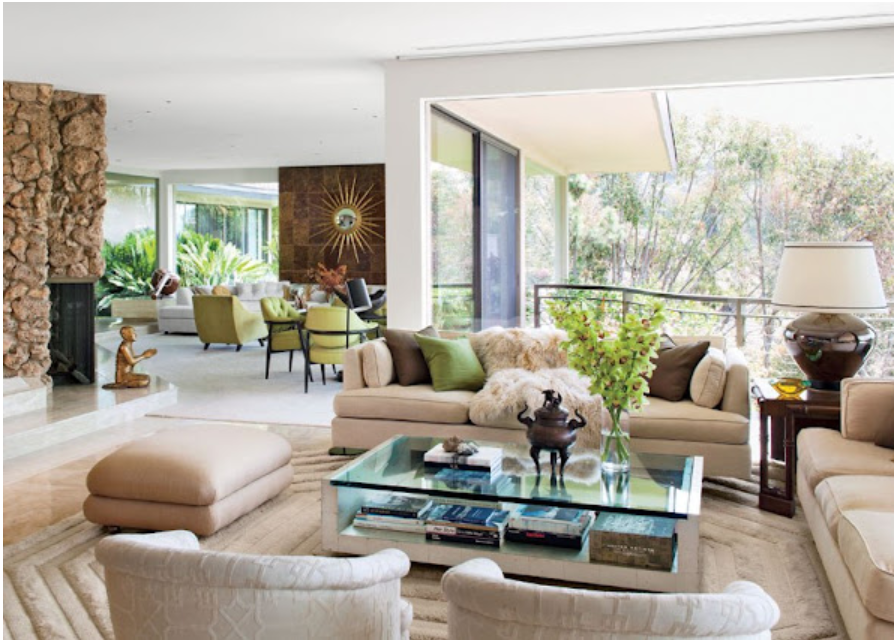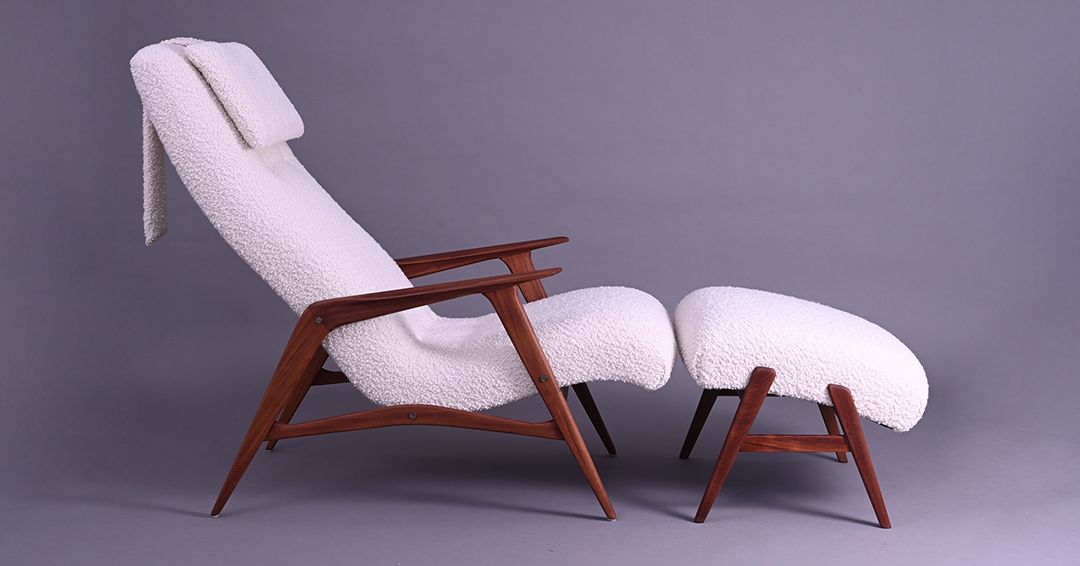
Mid-Century Modern Furniture: A Timeless Blend of Style and Functionality
In the world of interior design, trends come and go, but some styles manage to stand the test of time. One such style is mid-century modern furniture, which continues to captivate homeowners and designers alike with its sleek lines, organic forms, and functional design. Originating in the mid-20th century, this iconic furniture style has made a remarkable comeback in recent years, becoming a staple in contemporary homes. In this blog, we will explore the history, characteristics, and enduring appeal of mid-century modern furniture.
1. The Origins and Influences:
Mid-century modern furniture emerged in the post-World War II era, primarily between the 1940s and 1960s. It was a response to the changing social and cultural landscape, as people sought to create a fresh and optimistic aesthetic after the war. Influenced by the Bauhaus movement, Scandinavian design, and the works of renowned designers like Charles and Ray Eames, Eero Saarinen, and Hans Wegner, mid-century modern furniture became a symbol of progress, innovation, and simplicity.
2. Key Characteristics:
One of the defining features of mid-century modern furniture is its clean lines and organic shapes. The emphasis is on simplicity and functionality, with a focus on form following function. Geometric shapes, such as triangles, circles, and rectangles, are prevalent in the design, creating a sense of balance and harmony. The use of natural materials like wood, leather, and metal adds warmth and texture to the furniture, while vibrant colors and bold patterns inject a sense of playfulness and personality.
3. Timeless Design Icons:
Mid-century modern furniture boasts several iconic pieces that have become synonymous with the style. The Eames Lounge Chair and Ottoman, with its molded plywood shell and sumptuous leather upholstery, is a prime example of the perfect blend of comfort and elegance. The Saarinen Tulip Table, characterized by its sleek pedestal base and round or oval top, remains a popular choice for dining areas. Other notable pieces include the Wegner Wishbone Chair, the Noguchi Coffee Table, and the Arne Jacobsen Egg Chair, all of which have become timeless classics.
4. Versatility and Adaptability:
One of the reasons mid-century modern furniture has endured for decades is its versatility. Its clean lines and minimalist aesthetic make it a perfect fit for various interior styles, from contemporary and Scandinavian to eclectic and bohemian. Mid-century modern pieces can effortlessly blend with existing furniture or become the focal point of a room. Whether you live in a spacious suburban home or a compact urban apartment, mid-century modern furniture offers a range of options to suit your space and lifestyle.
5. The Enduring Appeal:
Mid-century modern furniture continues to captivate homeowners and designers due to its timeless appeal. Its enduring popularity can be attributed to its ability to seamlessly integrate into modern living while evoking a sense of nostalgia. The combination of sleek design, functionality, and quality craftsmanship ensures that these pieces not only look great but also stand the test of time. Moreover, mid-century modern furniture represents a departure from excessive ornamentation, embracing simplicity and clean aesthetics that resonate with the contemporary mindset.
Conclusion:
Mid-century modern furniture has proven to be more than just a passing trend; it has become a design movement that has stood the test of time. Its timeless appeal, functional design, and ability to adapt to various interior styles make it a favourite among homeowners and designers alike. Whether you are a fan of its clean lines, organic shapes, or the nostalgia it evokes, mid-century modern furniture continues to be a symbol of style, sophistication, and enduring elegance.


